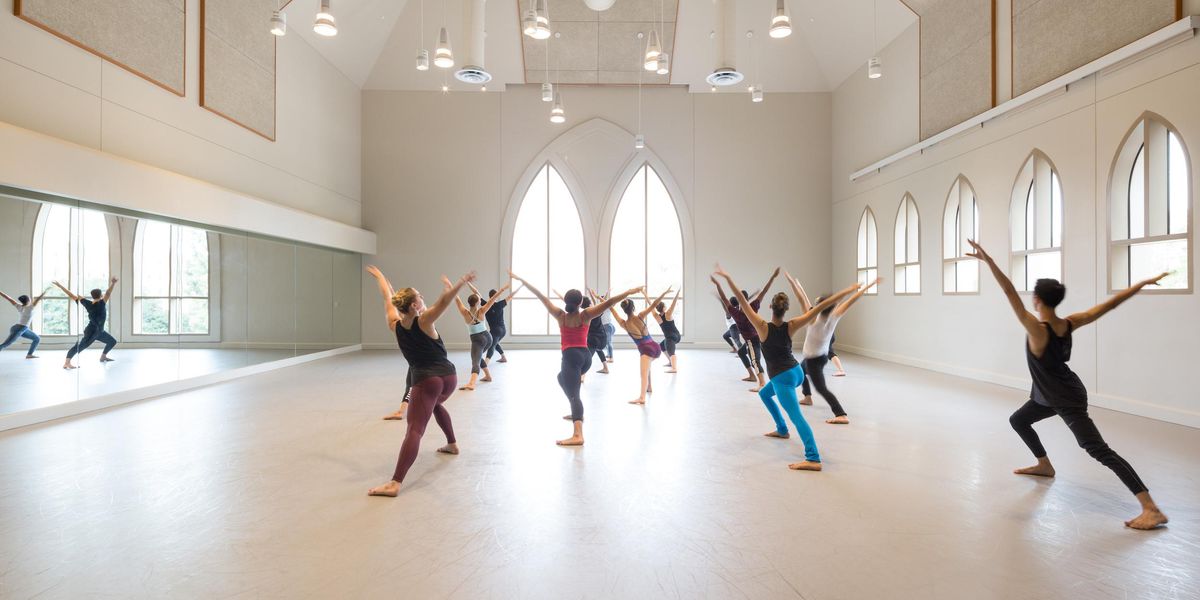These Are the Issues That the NYC Dance Community Cares About
It’s not every day that you get to learn the opening of Balanchine’s Serenade from Damian Woetzel. But over 100 attendees at yesterday’s Dance/NYC Symposium at Gibney Dance were treated to exactly that at the start of the “Conversation about the Future of Dance in America” hosted by Woetzel and Afa Dworkin. (You can watch a video of that talk here.) It was a moment of calm in the midst of what is always a jam-packed day, with several hundred dancemakers, presenters, arts advocates and more shuffling in and out of a couple dozen panels, conversations and workshops. I attended four back-to-back panels on topics ranging from cultural planning to diversity to the problem of affordable rehearsal space. Here’s what I took away from the experience.
The “Creative Place Making: The Role of Millennial Artists” panel at the 2017 Dance/NYC Symposium. Image courtesy Dance/NYC.
Yes, diversity and inclusivity are still issues.
Using Dance/NYC’s State of NYC Dance and Workforce Demographics report as a starting point, speakers dived deep into issues of gender, race, ageism and disability and made recommendations about what needs to be done next. As all of the panelists were quick to point out, acknowledging the issues brought to light by the study is a start—and access is only one facet of the problem. The speakers emphasized that rather than just ticking boxes on diversity and inclusion requirements, deep and meaningful—not transactional—collaboration is needed to open up the dance field. And the issue reached beyond the panels dedicated to its discussion, surfacing everywhere from Woetzel’s talk to a conversation about affordable rehearsal space.
One panel at the 2017 Dance/NYC Symposium discussed affordable rehearsal space. Image courtesy Dance/NYC.
“We have to make spaces that let the work go deep.”
In the “Making Affordable Rehearsal Space for Dance” panel, choreographer Raja Feather Kelly expressed frustration at a prevalent cycle in which a choreographer gets a residency, creates intensively and then is back to square one the moment the residency period ends. Other issues that arose: how young artists need space to develop their work before they can be considered for merit-based residencies and the lack of infrastructure allowing studios to apply for the grants that would let them subsidize rental costs.
Also of note: Dance/NYC has been advocating for more affordable rehearsal space for dance to be incorporated into Create NYC, the city-wide cultural plan that will be unveiled this summer. As Tom Finkelpearl, the Commissioner of NYC’s Department of Cultural Affairs put it, “Affordability isn’t just a problem for artists, it’s a problem for the city.”
Dance’s power lies in how it brings us together.
When Department of Cultural Affairs Chair Susana Leval commented how wonderful it would be if every New Yorker who spent time in a gym gave dancing a try, she got a few laughs, but mostly agreement. She went on to reiterate that coming together to dance now is more important than ever. As Woetzel put it, “The future of dance is the future of the arts. And I am optimistic.”




